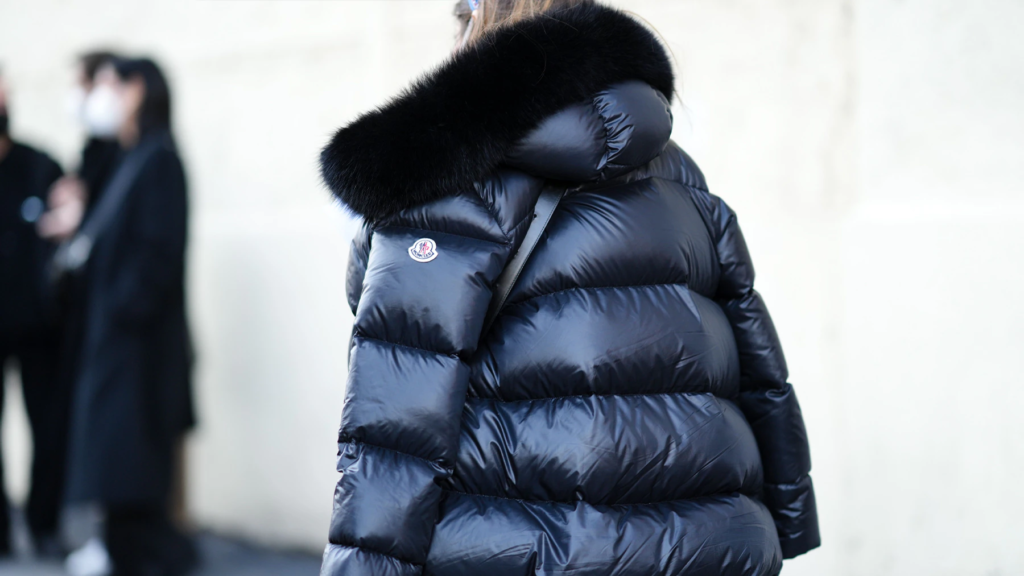Shared from Business of Fashion
KEY INSIGHTS
- Fashion has a complicated relationship with fur; the material is central to some brands’ heritage, but others see it as out of sync with modern luxury
- An ongoing wave of fur bans began in 2016, with Gucci setting the tone a year later when it declared the material outdated
- A BoF analysis of 25 big luxury houses found just seven have yet to officially announce a ban on fur
Fur was once seen as one of world’s most luxe materials. Now, for a growing number of high-end brands, it is out of fashion.
In the last week, Moncler and Dolce & Gabbana joined a growing roster of big-name labels to have introduced fur bans since 2016. Gucci famously declared the material “outdated” in 2017, a statement that reverberated across the flurry of fur-free commitments that followed. Gucci’s parent, Kering, announced a group-wide fur-free policy in September, by which point Saint Laurent and Brioni were the only brands in its stable still using the material.
It’s a trend that plays into broad market shifts, with decreasing demand, government bans and prominent protests from animal-rights activists easing the decision. For many big companies, who often only ever used small volumes of fur anyway, the decision to ban the material is an easy PR win that dovetails with growing consumer interest in values-driven and more sustainability-minded businesses.
Many of the big-name brands that have not put in place fur bans have a strong heritage linking them to the material.
At Kering rival LVMH, Stella McCartney is the only label to have an explicit no-fur policy. Its stablemates at the group include Rome-based Fendi, which originated as a furrier in 1925, as well as Dior and Louis Vuitton, who regularly feature fur in their collections.
Still, the number of luxury labels taking a stance against fur is bulging. A BoF analysis of 25 big luxury houses found just seven have yet to officially announce a ban on fur. Nearly half proclaimed their commitment to drop the material in the last five years.
Fashion’s relationship with fur has been complicated for a while. High-profile activism and provocative campaigns in the 1980s and ‘90s led by organisations like animal rights group PETA created mainstream momentum around the anti-fur movement. Calvin Klein was one of the earliest fashion names to announce a fur-free policy, banning the material in 1994 following targeted protests from PETA. Stella McCartney launched her label in 2001 with a policy of cruelty-free fashion, meaning no leather or fur, while large American brands like Tommy Hilfiger and Ralph Lauren banned the material in the mid-2000s.
The latest wave began around 2016, fuelled by shifting views of what luxury meant. “It was no longer about tradition, and it was more becoming about being sustainable, ethical and innovative,” said PJ Smith, director of fashion policy at US-based animal welfare charity the Humane Society, which has worked with brands including Dolce & Gabbana, Gucci and Michael Kors do develop fur-free policies.
Retailers and regulators have helped add momentum. Large department stores including Nordstrom, Selfridges and Macy’s Inc. have all implemented a no-fur policy. California became the first US state to ban the sale of fur products in October 2019, and Israel the first country in June last year. Links between Covid-19 and mink farming led to a government-mandated cull in Denmark, one of the world’s largest mink pelt producers, that effectively wiped out production in the country.
In some cases, fur-free policies have been rolled into wider sustainability commitments. Burberry’s in 2018 formed part of its response to public controversy surrounding its practise of destroying unsold product. Chanel banned fur the same year alongside a wider commitment to stop using exotic skins, citing difficulty around sourcing materials that met ethical standards as the main reason.
Many companies that are still using fur are seeking to combat the negative perceptions around the material by doubling down on making their fur supply chains more traceable and highlighting the potential sustainability positives of the material (fur is natural and biodegradable, while fake alternatives generally are not, and some wild sources of fur including coyote and beaver are culled on conservation grounds).
LVMH said it aims “to provide a customer who wants to wear fur with a product that has been made in the most responsible and ethical manner possible.”
And while many other household brand names have distanced themselves from fur in the name of a new, modern approach to luxury, advocates for the fur trade say the material aligns with current consumer values like durability, long-lasting value and sustainability.
”If you are talking about what matters today, to the consumer and to brands, they want to create things that are qualitative, they are going back to classical investment pieces,” said Jean-Pierre Rouphael, fashion director at the International Fur Federation. “They don’t want to over-produce, they want to look at their archives and see what they can pull … and reuse.”
Editors’ Note: The chart in this story was revised on 4 Feb., 2022. A previous version stated that a flurry of brands banned fur after Gucci declared it passé in 2017. The chart was updated to clarify that the latest wave of fur bans began in 2016.
Disclosure: LVMH is part of a group of investors who, together, hold a minority interest in The Business of Fashion. All investors have signed shareholder’s documentation guaranteeing BoF’s complete editorial independence.
Images and Article from Business of Fashion
#Luxury #Fur #Whos #Whos

